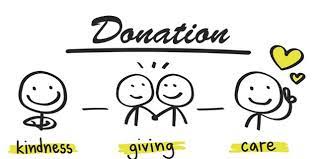What has India been doing to achieve the United Nations Sustainability Development Goal of Zero Hunger?
The Zero Hunger Challenge, launched in the year 2015 by the United Nations as part of its Sustainability Development Goals (SDGs). The goal set aims to ensure that every individual has access to adequate nutrition to curb malnourishment and associated problems.
As one of the world’s largest agricultural countries, India produces enough food to feed its population but still faces the issue of widespread hunger. The country is home to 25% of the world’s hungry population, which has been a continuing cause of concern. This has led to issues such as stunted growth amongst children, inability to leverage education, limited labor productivity, and prevailing poverty.
India has been on a mission to eradicate the rampant issue of malnourishment and starvation within the country for several decades. The Government has launched multiple schemes and programs to improve the nutritional status and food security across the country:
The mid-day meal scheme: This is a school lunch program that aims to provide children attending government-aided and Non-aided schools with hot, nutritious meals once a day. It was launched to curb child malnourishment and hunger. The program has been successful in reducing classroom hunger and improving the effectiveness of primary education.
Antyodaya Anna Rozgar Yojana: This 20-year-old scheme was launched by the Government of India to provide subsidized food to lakhs of low-income families. Individuals residing below the poverty line are allowed to purchase essentials such as wheat, food grains, and rice at highly subsidized rates. The mid day meal scheme continues to support several households across the nation.
National Food Security Act (NFSA): The Act launched in 2013 is being implemented in all the States and Union Territories of India to improve nationwide nutritional status. Under the Act, up to 75% of the rural population and 50% of the urban population are eligible to receive subsidized food grains under the Targeted Public Distribution System. Special provisions have been made for pregnant women, lactating women, and children between the ages of 6 months and 14 years. These groups are entitled to receive free nutritious meals through Integrated Child Development Services (ICDS) centers or Anganwadi Centres.
These efforts have pushed India towards the right path of mitigating the issue of starvation and malnourishment in the country. India’s missions strengthen the country’s battle to achieve food security and nutrition and move closer towards the UN’s goal of zero hunger.




Comments
Post a Comment